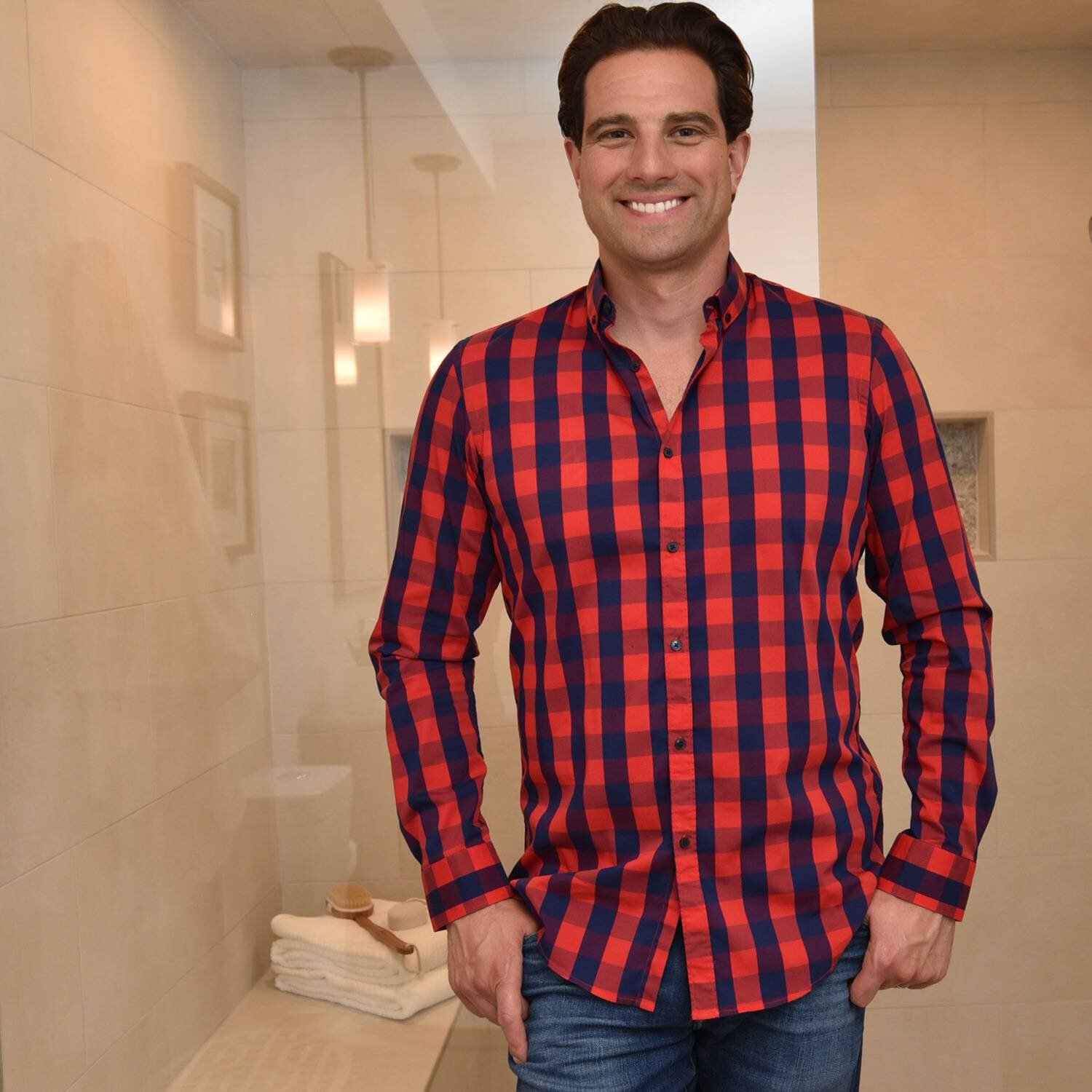
How to Choose the Best Drain for Your Shower
By Scott McGillivray
When you are planning a shower project for your home or rental property, one decision that seems small but is actually important revolves around what drain to use in the shower. Here are a few tips based on experience gained from building literally hundreds of showers.
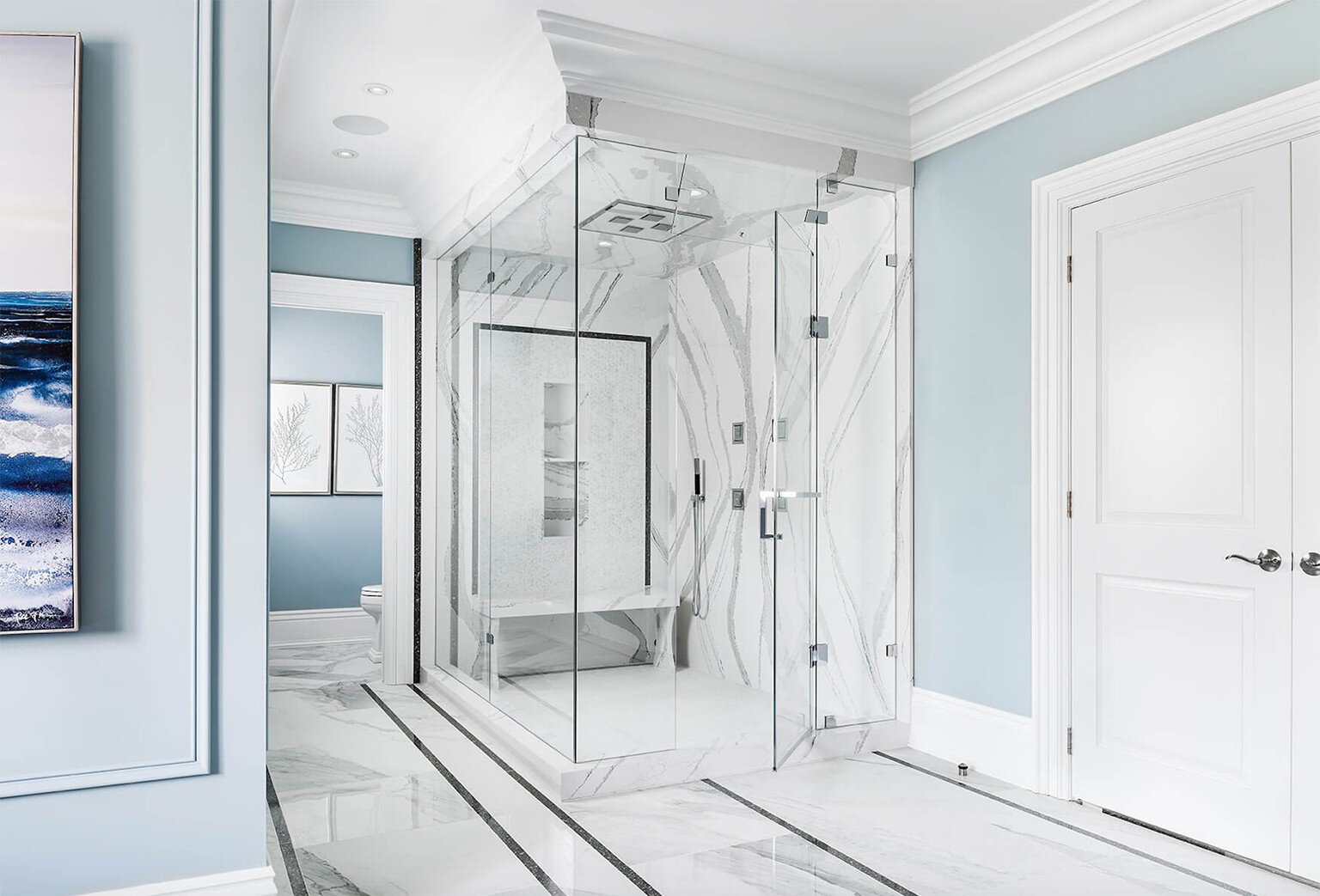


Point Drain or Linear Drain
There are more shower drains available than you can count, but they all really fall into two types – point drains and linear drains. Point drains are most common and are what we are used to seeing in showers. They are typically located in the middle of the shower floor, and the floor is sloped from all directions down to the drain. The shower floor is really a gently sloped funnel that directs all of the water into this drain. One tip is to look for a square drain grate, as opposed to a round one. Tiles are square, so your shower floor will look better with a square drain, and the installer won’t have to try to make round cuts on square tile.
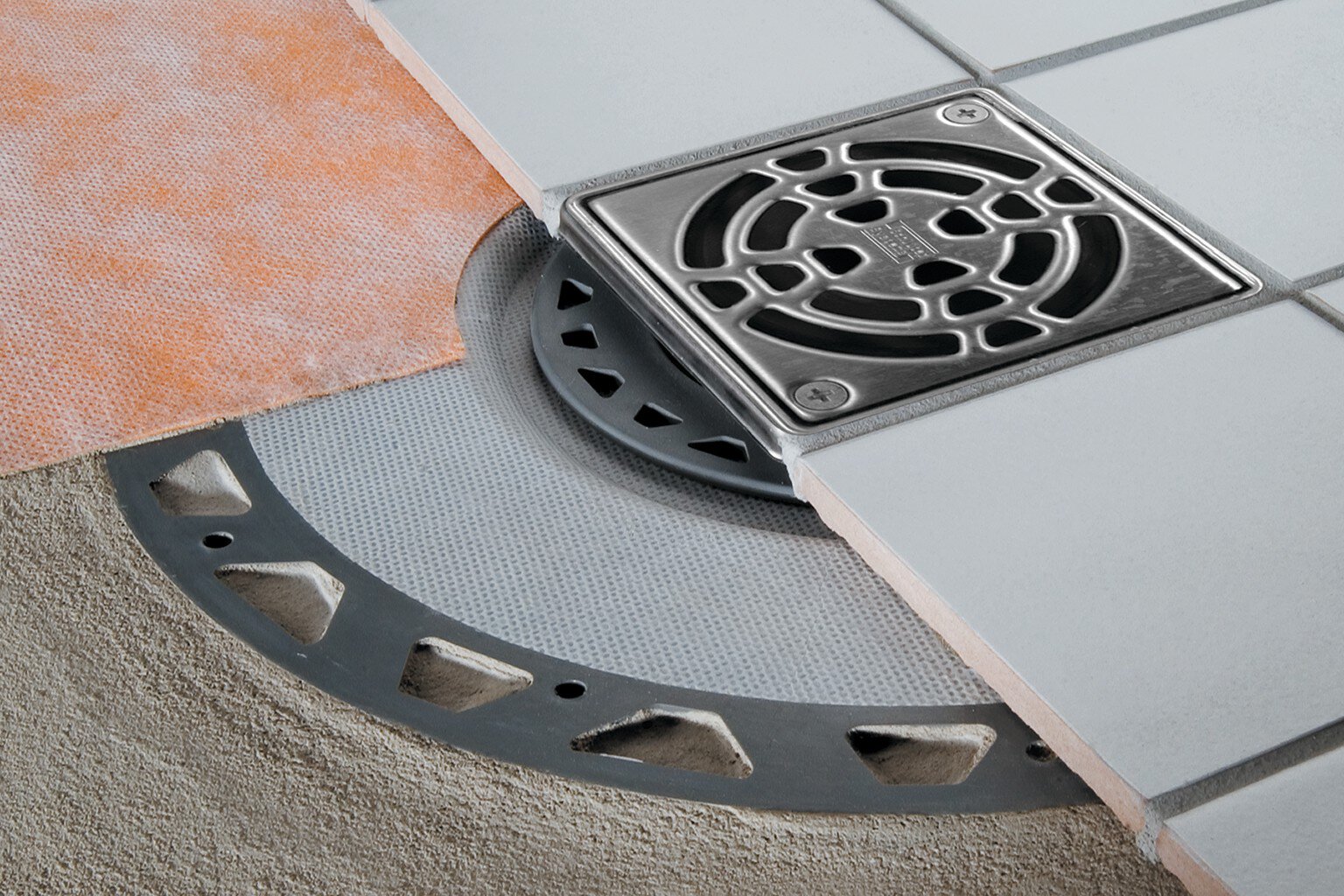


A linear drain, as the name suggests, is long and narrow. These drains add an element of style to the shower and have become much more popular in the past few years. They may be located in the middle of the floor but are most commonly placed along one wall of the shower. The design and placement of these drains means the entire shower floor slopes gently and evenly toward the drain. No more funnel. Linear drains come in many different lengths, up to as long as 72”.
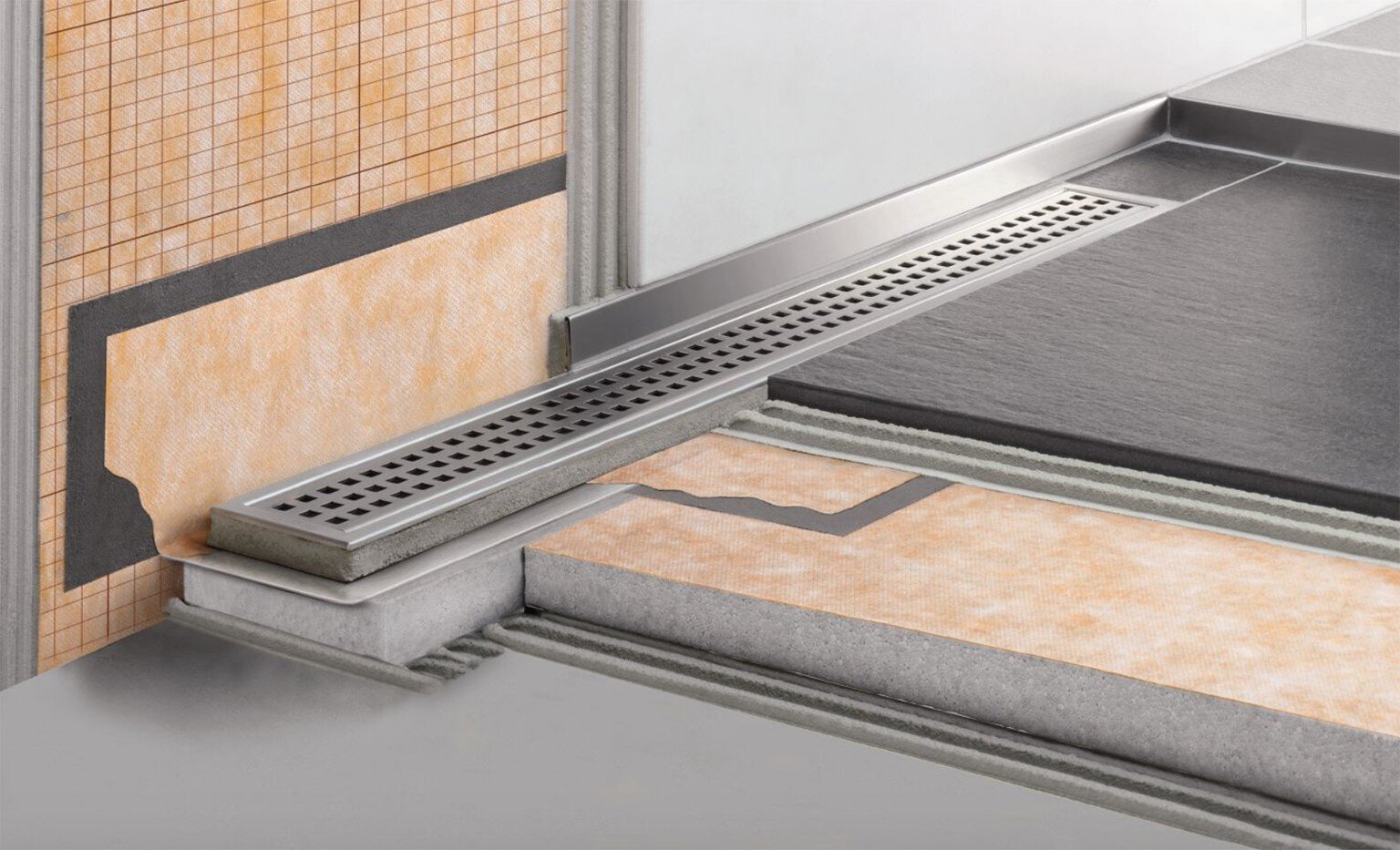


It’s important to know that both types of drains take the water away with equal efficiency. Unless you have an unusually large amount of water in your shower, either type will work. In most cases a point drain will cost less than a linear drain.
Large Tiles or Small Tiles
The most significant change that comes from choosing a linear drain is that you are able to use larger tiles on the shower floor. Because the entire floor is evenly sloped in one direction, any size tile can be installed on the floor. If you want small tiles that’s fine, but you can also use larger tiles. Many homeowners like this option because they can use the same tiles on the shower floor as they have in the rest of the bathroom. From a design perspective it creates a more seamless look and can help make small spaces seem larger.



Because of the funnel required for a point drain, smaller tiles have to be used on the shower floor. In most cases it is not recommended to use anything much larger than 4” x 4” tiles with a point drain. The tiles need to sit flat on the floor and you can’t put a large flat tile across a floor that has more than one slope. Many people prefer to accent the shower floor with smaller tiles and make it look different than the rest of the bathroom, so the point drain makes a good choice.
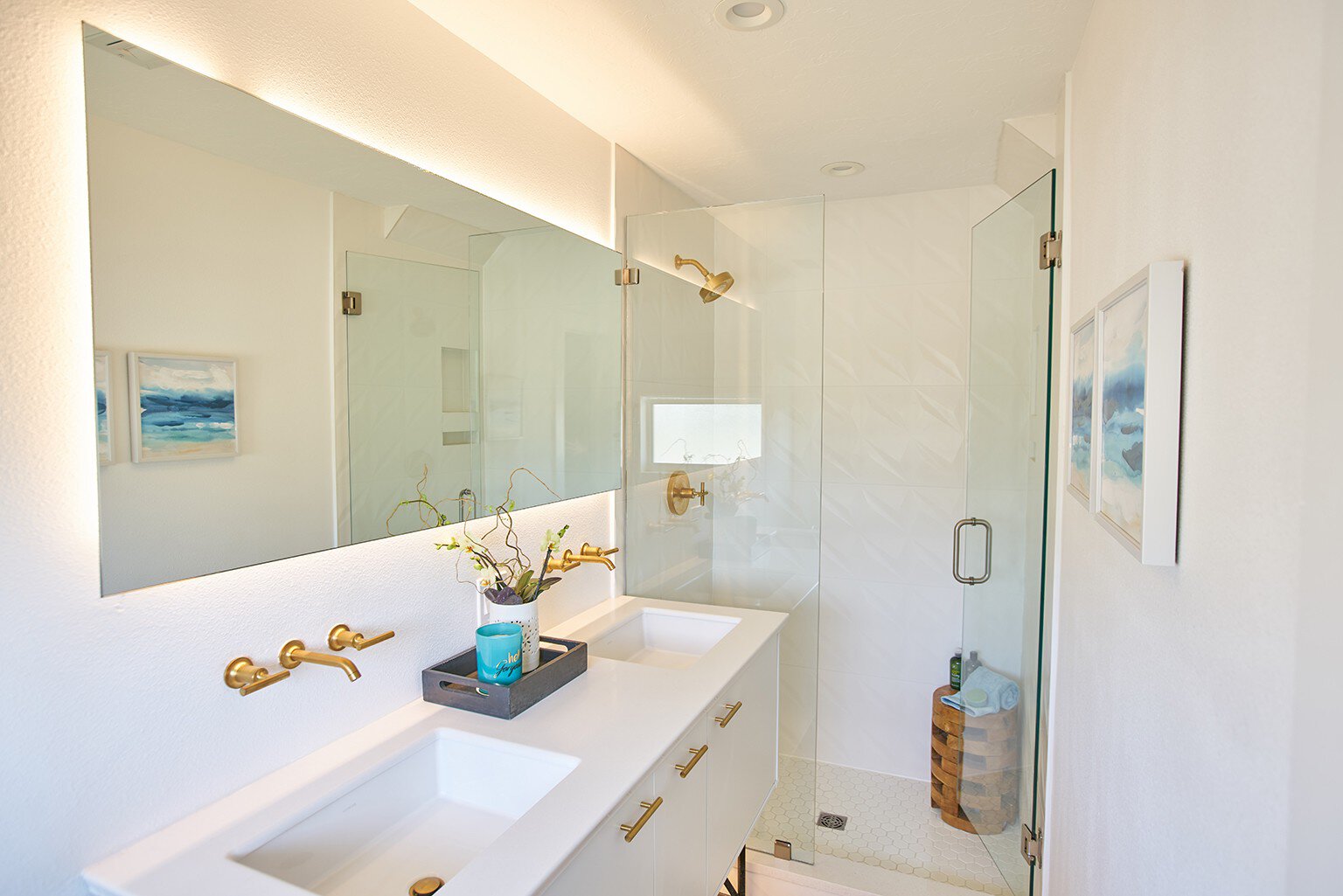


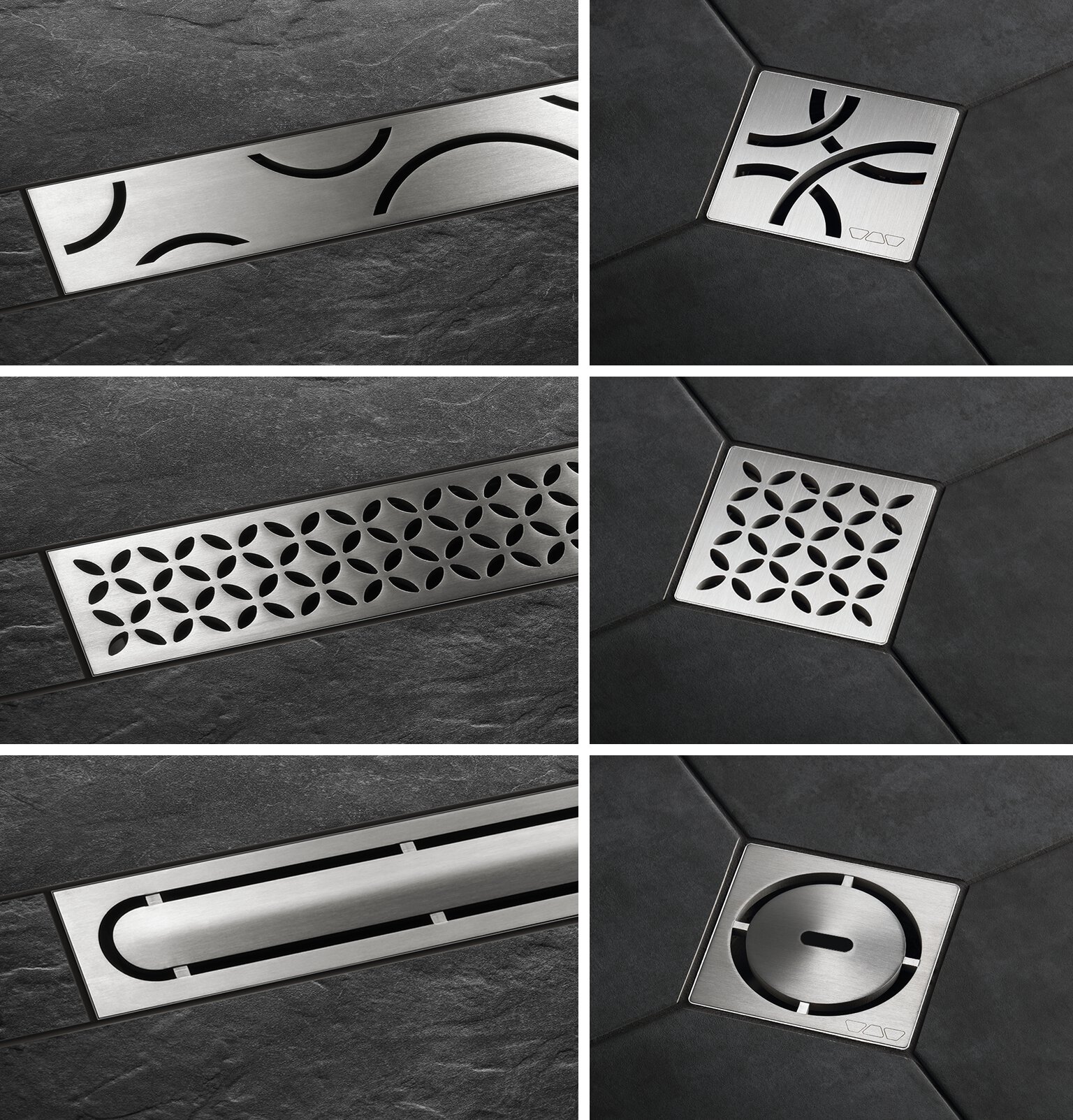
Decor Drain or Invisible Drain
Whether the decision is to go with a point drain or linear drain, the final step is to select the style and finish of the grate. This is the part of the drain that is seen and you want it to fit the style of the bathroom. I generally recommend choosing a finish that matches the rest of the fixtures in the bathroom so it all ties together. So if your taps and shower head are all in chrome, then your grate should be as well to complete the look. As for style, that’s a very personal choice. There are many options available and we really like the recent additions Schluter has come out with as they can add a bit of flair to the shower floor, and definitely stand out from your more traditional grates.
Another really sleek option is to use what’s called a tileable grate. In this case, the same tile that is used on the shower floor is adhered to a solid surface on the top of the grate, and the water drains simply around the edges of the tiled grate. The grate area blends in seamlessly with the rest of the shower floor, and becomes nearly invisible.
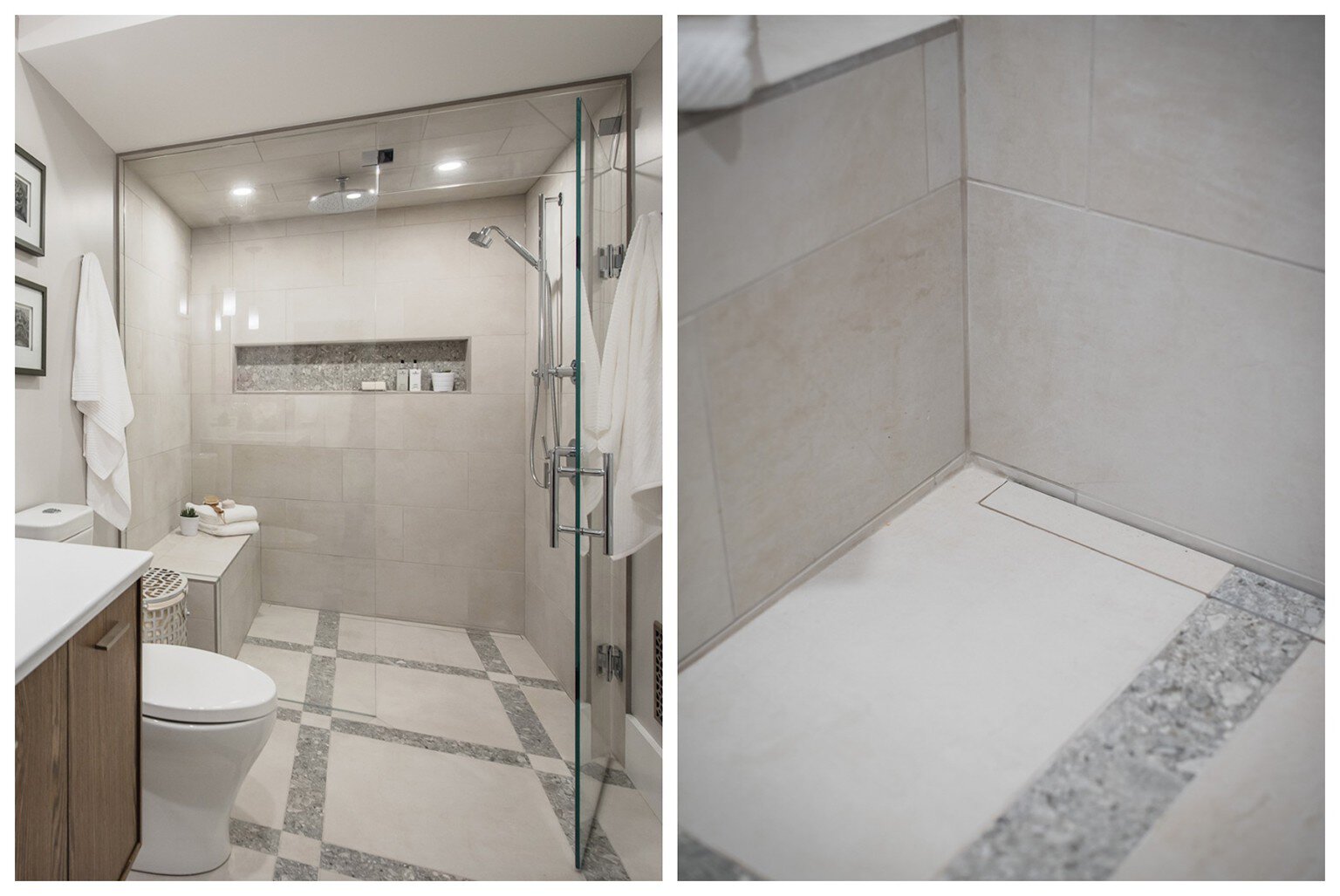


Final Comment
Make the drain decision as part of the design phase, before you start construction, as it can affect the location of plumbing. Once the plumbing is in place the number of options decreases, so plan ahead.